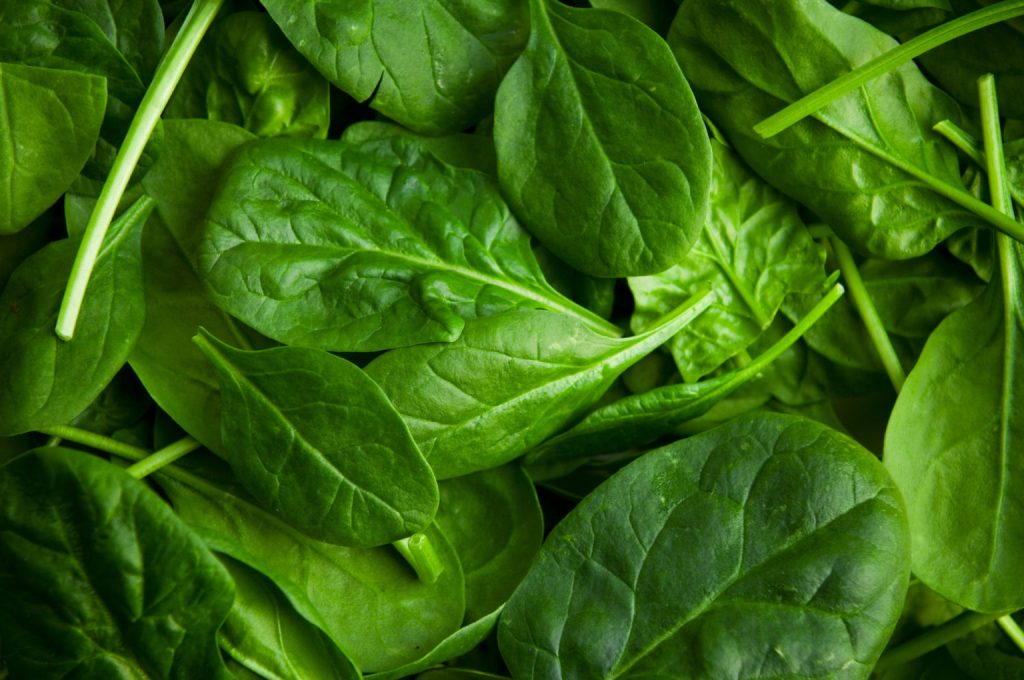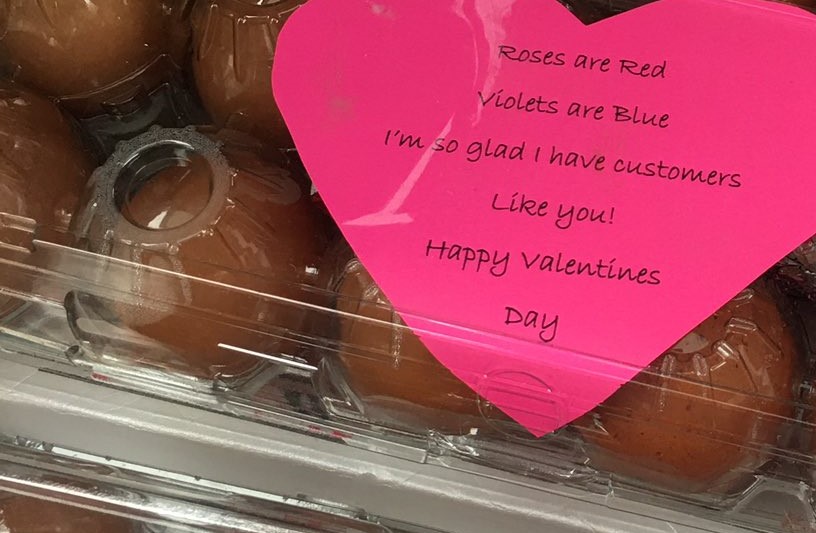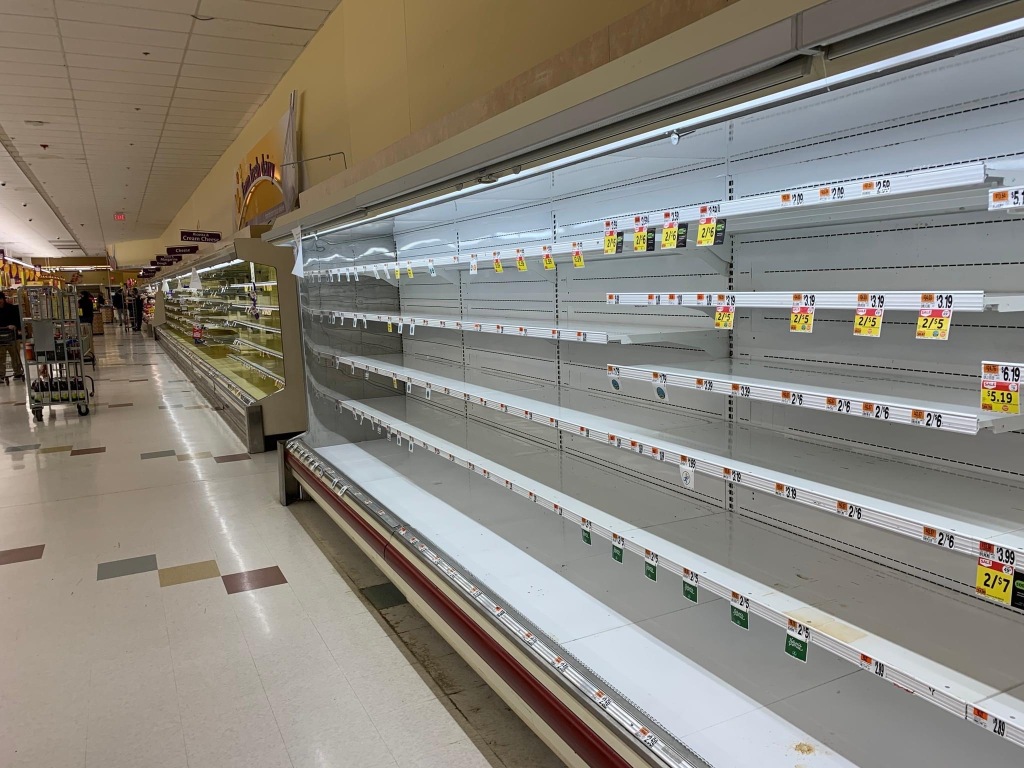
“Eat your spinach so you’ll grow up to be strong like Popeye the Sailor Man,” my parents would tell me, but Mom’s repertoire of spinach dishes were limited to Stouffer’s spinach souffle and fresh spinach salad during the summer that always had mushrooms, hardboiled egg, red onion, and hot bacon dressing with enough sugar to put a diabetic into a coma. The idea of spinach out of can was then and continues to be downright nauseating. Most kids today would think of the fast food joint at the mention of Popeye and the notion of a sailor sucking up something green through his pipe…well, that wouldn’t be spinach.
Spinach had traditionally been a cool season green with thick bunches of leaves, often muddy, and if the weather too warm, bitter. Not exactly something you wanted to eat raw. But when baby spinach began showing up at the grocery stores prewashed and in fancy containers the demand took off. Marketers were simply following the lead of savvy farmers market vendors who had begun offering mesclun.
My taste for spinach began to mature as I discovered dishes like spanakopita—a savory Greek pie made with phyllo, feta, and spinach. A Florentine omelet at a fancy brunch, spinach pasta at a trendy bistro, spinach pesto from fancy foods purveyor, and then came the juicing craze. I drew the line at spinach shakes.
As ubiquitous as spinach has become in the American diet, it’s rather a seasonal item, at least for good spinach. A cool season crop, spinach actually has two seasons each year—spring and fall. Too cold and wet and it won’t grow. Too hot and it will bolt, meaning it sends up it’s flowering stalk to produce seeds and the leafy part of the plant dies back to put all the energy into reproduction.
There are three varieties of spinach so the crop may appear different from vendor to vendor. There’s Savoy, which produces large thick crinkled leaves, is the most cold-tolerant and grows close to the ground. Semi-Savoy is a variety that has been bred to stand more upright, be more disease resistant and slower to bolt. The leaves are less crinkled. Smooth-leafed spinach is as its name suggests and is most often used in frozen and canned products as it is the easiest to clean.
Spinach originated in Persia and is a member of the amaranth family and is related to quinoa and beets. China has been growing spinach as a food crop since the 7th century, but only introduced into America in the early 1800’s. Today we consume 57 million pounds of fresh spinach annually.
Spinach is packed with protein, iron, magnesium, and vitamins A, C, K and E which puts it on the list of super foods when it comes to immune support. Gram for gram, there is more iron in spinach than beef and more potassium than bananas.
March 26th is National Spinach Day so let’s celebrate at market by picking up a bag of fresh spinach from your favorite veggie vendor. Fair warning though, spinach loses half its nutrients a week after being picked so eat it within a few days of purchasing.









